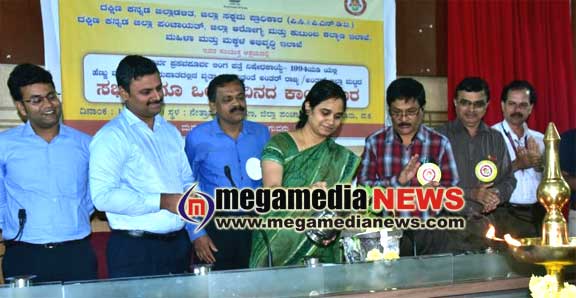Concern over gender ratio of boys and girls in DK
10:07 AM, Thursday, November 14th, 2019Mangaluru : Serious concerns were expressed regarding the fall in gender ratio of boys and girls in Dakshina Kannada, during a workshop on Pre-conception and Pre-natal Diagnostic Techniques Act (PCPNDT), 1994, organised on Wednesday.
The workshop was organised by the district administration, the PCPNDT Act district authority, the Zilla Panchayat and the Health and Family Welfare department at the Nethravathi Auditorium in Mangaluru.
A need for efforts towards bringing the district out of the red zone was stressed during the programme.
Speaking on the occasion, District Health Training Institute Principal Dr Ramachandra Bayari said that, according to the 2001 census, there were 946 girls for 1,000 boys within six years of age in Dakshina Kannada.
“But, in 2011, the number of girl children was only 947. Mandya and Dakshina Kannada districts are identified to be vulnerable in the Mysuru Zone while the problem of gender ratio imbalance is not found in Udupi, Hassan and Chikkamagaluru districts. Dakshina Kannada is in a pitiable condition, in spite of being economically and literally forward,” he added.
Dr Bayari further said that the desire to have a male heir is the main reason for the dip in the number of girl children.
“The mentality is found in Mandya. However, serious efforts are needed towards diagnosing the reason for the dip in the number of girl children even though matriarchy is mainly followed in the family system in Dakshina Kannada,” he pointed out.
He suggested a total ban on pre-natal sex determination. “Scanning centres should be kept under tight vigil. Disciplinary action should be initiated against all scanning centres that violate the rules,” he stressed.
Inaugurating the workshop, Deputy Commissioner Sindhu B Roopesh opined that there is a need to introspect on why the problem of gender ratio imbalance is on rise. “A multi-dimensional approach is required to analyse and solve the problem,” she added.
Simillar Posts
Warning: count(): Parameter must be an array or an object that implements Countable in /home/megamcaq/public_html/wp-content/plugins/post-plugin-library/common_functions.php on line 357
- None Found
Leave a Reply
© Copyright 2008 www.megamedianews.com All Rights Reserved. Privacy Policy









 Posted in
Posted in  Tags:
Tags: 






